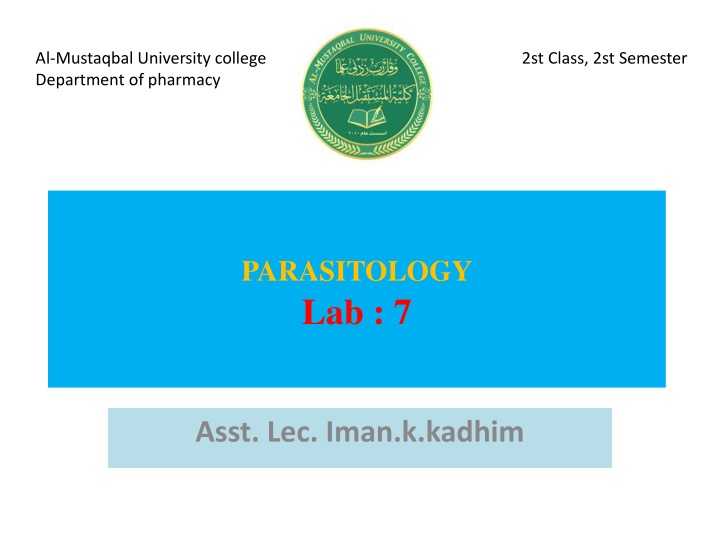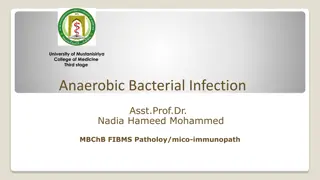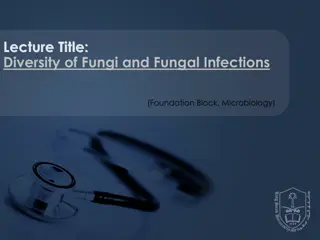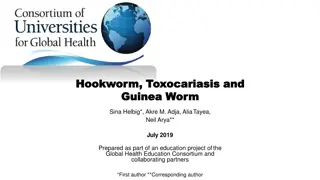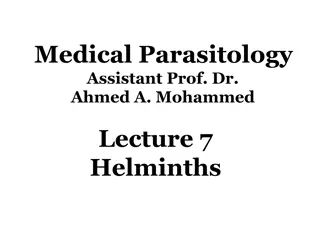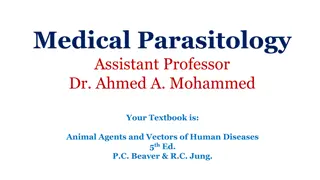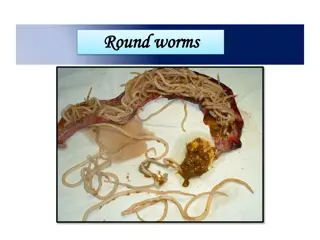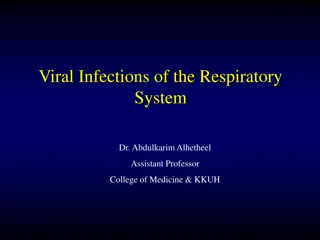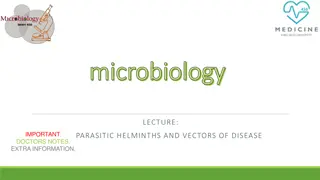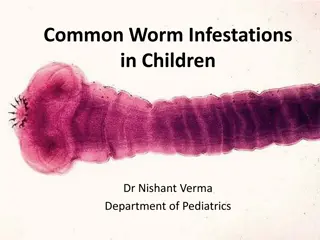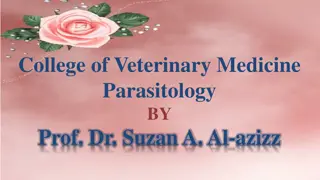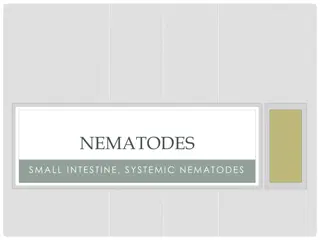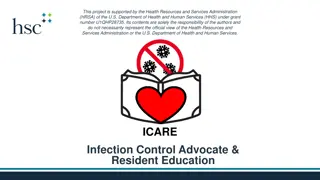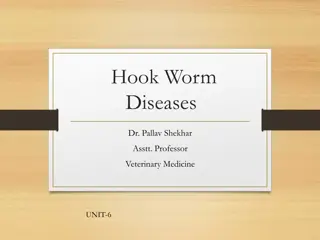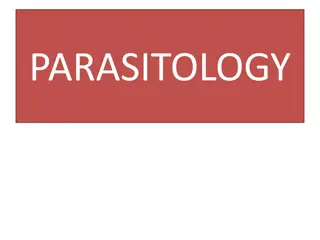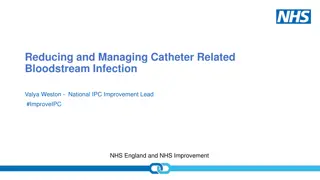Overview of Parasitology: Ascaris and Hookworm Infections
Learn about Ascaris and Hookworm infections, common intestinal nematodes affecting millions worldwide. Explore their transmission, symptoms, laboratory criteria, and treatments.
Download Presentation

Please find below an Image/Link to download the presentation.
The content on the website is provided AS IS for your information and personal use only. It may not be sold, licensed, or shared on other websites without obtaining consent from the author.If you encounter any issues during the download, it is possible that the publisher has removed the file from their server.
You are allowed to download the files provided on this website for personal or commercial use, subject to the condition that they are used lawfully. All files are the property of their respective owners.
The content on the website is provided AS IS for your information and personal use only. It may not be sold, licensed, or shared on other websites without obtaining consent from the author.
E N D
Presentation Transcript
Al-Mustaqbal University college 2st Class, 2st Semester Department of pharmacy PARASITOLOGY Lab : 7 Asst. Lec. Iman.k.kadhim
Phylum: Nematoda Nematodes that commonly parasites humans include for examples ascarids (Ascaris). Ascaris is a genus of parasitic nematode worms known as the "small intestinal roundworms", which is a type of parasitic worm. One species, Ascaris lumbricoides, affects humans and causes the disease ascariasis. Kingdom: Animalia Phylum: Nematoda Class: Chromadorea Order: Ascaridida Family: Ascarididae Genus: Ascaris Species: Ascaris lumbricoides
Ascariasis Causative agent: Ascaris lumbricoides Prevalence: Over 1 billion people infected worldwide (most prevalent of all intestinal nematodes).
Transmission: Fecal-oral transmission from contaminated soil. Can occur from ingesting food or water exposed to contaminated soil No human to human transmission occurs Incubation Period: Eggs must live in the soil for 15-30 days before becoming infective Once ingested it takes 2-3 days for larvae to develop into adults Females begin ova positing approx. 60-70 days after infection Symptoms: Light infestations are generally asymptomatic Abdominal pain Diarrhea Rectal prolapse Anemia leading to growth retardation and cognitive impairment
Laboratory Criteria Microscopic identification of Ascaris eggs in feces Microscopic identification of ascrid larvae in sputum Identification of adult worms passed from the anus, mouth or nose Case Classifications Confirmed: A case that is laboratory confirmed Probable: A clinically compatible case with evidence of infection such as An ultrasound showing worms in the pancreas or liver CT scans or MRI showing worms present in the ducts of the liver or pancreas Treatment such as albendazole and mebendazole, are the drugs of choice for treatment of Ascaris infections Infections are generally treated for 1-3 days o o
Hookworm (Ancylostomiasis) Causative agent: Ancylostoma duodenale and Necator americanus Prevalence: 750 million people infected worldwide (most commonly with Ancylostoma duodenale).
Life Cycle 1. 2. 3. 4. 5. Soil Skin Bloodstream Lungs Intestines (attach to intestinal wall for lifespan) Egg production by an adult worm begins about 5-7 weeks after exposure. Adult worms can live in the intestines for several years.
Schistosoma is a genus of trematodes, commonly known as blood flukes. They are parasitic flatworms responsible for a highly significant group of infections in humans termed schistosomiasis Kingdom: Animalia Phylum: Platyhelminthes Class: Trematoda Order: Diplostomida Family: Schistosomatidae Genus: Schistosoma The three main species infecting humans are Schistosoma haematobium Schistosoma japonicum Schistosoma mansoni Schistosomiasis is diagnosed through the detection of parasite eggs in stool or urine specimens. Antibodies and/or antigens detected in blood or urine samples are also indications of infection
